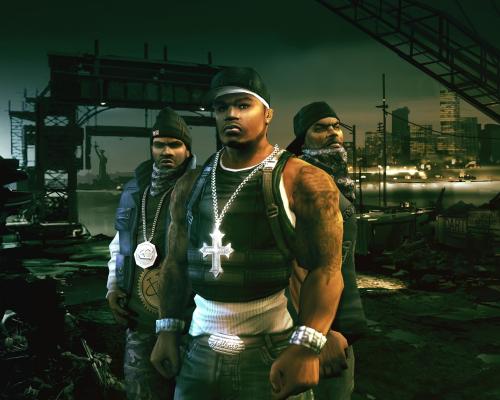
For decades, video games were about action, reflexes, and competition. But something changed. Today, many of the most critically acclaimed and beloved games aren’t about high scores—they’re about stories.
From emotionally gripping tales to complex character development, story-driven games have become the heart of modern gaming. And players can’t get enough.
A Shift in Player Expectations
Gamers have matured—and so have their tastes.
Many who grew up with platformers and shooters now crave something more:
- Emotional depth
- Moral choices
- Immersive worlds
- Characters they care about
This evolution parallels other media: just like film and TV embraced complex narratives, so has gaming.
Defining a Story-Driven Game
Not every game with a plot is story-driven.
Story-driven games prioritize narrative as the core gameplay element. That means:
- The story impacts decisions, progression, and outcome
- Dialogue and cutscenes are central, not just filler
- Emotional engagement often outweighs combat or puzzles
Genres that excel in this format:
- RPGs (e.g., The Witcher 3, Persona 5)
- Interactive dramas (Detroit: Become Human, Life is Strange)
- Adventure games (Firewatch, What Remains of Edith Finch)
Key Titles That Redefined Narrative Gaming
1. The Last of Us (Part I & II)
A gut-wrenching exploration of love, loss, and survival. It set a new standard for acting, dialogue, and emotional weight in games.
2. Red Dead Redemption 2
Not just a western—but a slow-burning tale of loyalty, regret, and identity. Rockstar delivered a cinematic experience rooted in character.
3. Undertale
An indie hit that flipped RPG tropes and let players choose mercy over violence—with lasting consequences.
4. Disco Elysium
A dialogue-heavy detective RPG that replaced traditional combat with inner monologue battles. Smart, weird, and unforgettable.
5. God of War (2018 & Ragnarok)
From vengeance to fatherhood—the franchise reboot became a Norse myth filled with introspection and heart.
The Rise of Indie Narratives
Indie developers don’t have blockbuster budgets—but they take risks.
Games like:
- Celeste – a platformer about anxiety and self-worth
- Oxenfree – teen drama meets supernatural thriller
- To the Moon – a love story told through memories
These games prove that story can outshine graphics or scope.
Why Players Crave Story Now
Emotional connection
Players don’t just want to win. They want to feel.
- Crying over a character death
- Celebrating a hard-earned moral victory
- Feeling haunted by a decision made hours ago
These are powerful, lasting experiences.
Choice and consequence
Story-driven games often allow branching paths.
What you say, do, or choose affects:
- The story’s ending
- Your allies
- How the world reacts
This agency turns players from viewers into participants.
Narrative Design: The Unsung Art
Behind every great story game is a team of narrative designers crafting:
- Dialogue trees
- Branching paths
- Character arcs
- World-building
They bridge game mechanics with storytelling—ensuring gameplay and emotion aren’t separate, but woven together.
Challenges of Storytelling in Games
Unlike films or books, games are interactive. That creates tension:
- How do you balance player freedom with plot structure?
- How do you keep pacing when players can explore for hours?
- How do you create multiple endings without weakening any of them?
The best narrative games embrace these challenges. They adapt, rather than force a story onto the player.
Multiplayer Goes Narrative Too
Even multiplayer and live-service games are getting story-centric.
Examples:
- Destiny 2 – evolving story arcs told through seasonal content
- Fortnite – world events that push forward narrative timelines
- Apex Legends – character backstories and comics deepen the lore
Even competitive games now understand: narrative builds community.
The Future of Storytelling in Gaming
Emerging trends:
- AI-driven dialogue: Personalized character interactions
- Procedural narrative: Unique stories generated for each player
- Mixed media: Games expanding into shows (The Last of Us, Arcane)
- Mental health narratives: Tackling depression, anxiety, grief (e.g., Hellblade, Sea of Solitude)
Story isn’t going away—it’s becoming the main attraction.
Final Thoughts
Story-driven games are more than entertainment. They’re interactive art, capable of moving players in ways no other medium can.
Whether you’re fighting gods, solving mysteries, or just walking through someone else’s memories—these stories stay with you.
In the age of fast content and short attention spans, narrative games ask you to slow down and care.
And we do.







